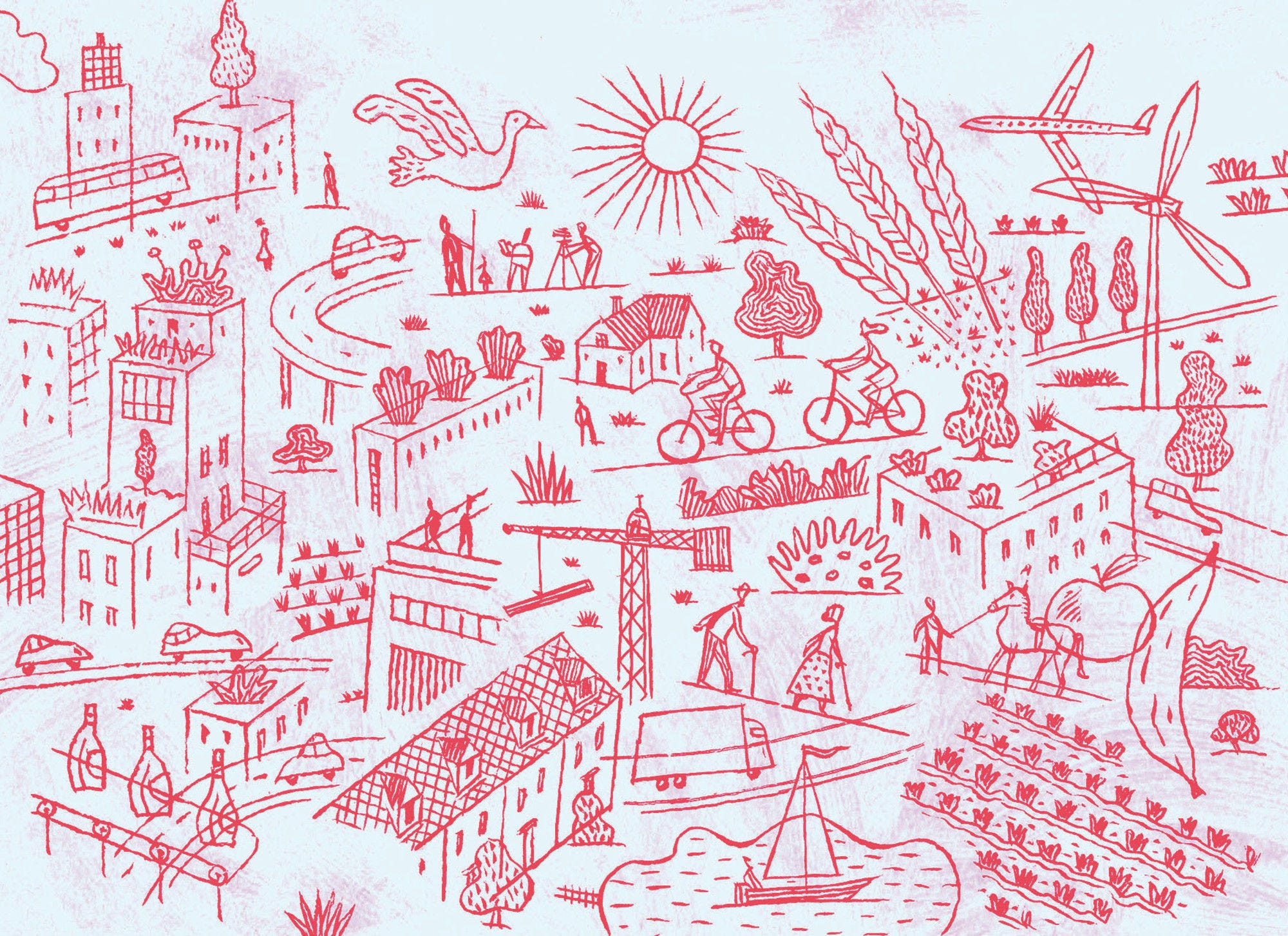Korea faces a series of demographic and economic challenges, which, together with geographic factors and historical developments, require a more efficient management of cities. An ageing and shrinking population, youth migration, poor supply of affordable housing, and a limited urbanised territory call for more compact urban development and urban regeneration. Land-use planning is a tool for ensuring more efficient and effective management of cities, pursuing sustainable and balanced development and improving quality of life and regional competitiveness.
However, in Korea, land use and urban regeneration face problems that vary from one place to another and over time. Different cities, towns and villages have different opportunities and strategies for change. For example, in Busan, Korea’s second largest city, the share of the population aged over 65 increased from 5.1% in 1993 to 15.7% in 2017 (compared with a national average of 13.8%). The outflows of the younger population to other regions have driven the share of the economically active population down from 74.2% in 1993 to 72.9% in 2017.
Korea has adopted a comprehensive and well-structured, hierarchical land-use planning framework. The Comprehensive National Land Plan (CNLP) provides a general framework for land use and a long-term vision for socio-economic development, environmental protection, spatial planning, and well-being. The Framework Act on the National Land provides extensive guidelines and rules for the provisions contained in the CNLP. At regional level, the Metropolitan Urban Plan and the Do (provincial) Comprehensive Plans contain the spatial vision and land-use demand forecast, as well as sectoral plans (i.e. transport, housing, and infrastructure). At local level, the Urban Master Plans establish the basic spatial structures and the District Unit Plans steer the development of small neighbourhoods and individual blocks in densely populated areas. Nevertheless, a key drawback of the planning system is that it contains standardised and rigid zoning regulations, which specify the density, use or location of construction and apply to the entire national territory without considering the specific context of each region or neighbourhood.
Korea uses fiscal tools to pursue particular land-use objectives. For instance, the development impact fee to real estate developers is used to pay for all or part of the costs of providing public services to new developments. Regional and local governments are responsible for securing and raising funds to implement their land-use plans. However, some instruments, such as development impact fees and betterment levies, which are included in the legal framework, remain under-used.
To respond to the challenges of social inclusion, job creation and economic revitalisation, the Korean government issued the Special Act on the Promotion of and Support for Urban Regeneration, which promotes a more integrated framework for urban regeneration with national and local governments working in partnership. However, urban regeneration operates within a complex policy context influenced by over 40 different legal frameworks at different spatial scales. Korea has a history of poor co-operative relationships between local governments, which may see each other as competitors rather than as potential partners in development.
The economic development of cities is reliant on efficient land use. In Busan, for instance, key economic sectors such as shipbuilding and marine industries, machinery, and tourism are closely linked to land use and urban regeneration. Thus, Busan promotes sustainable socio-economic development through physical renewal and culture-led urban regeneration. The Sanbokdoro Renaissance Project and the Gamcheon Culture Village exemplify successful hillside rehabilitation in the city. Inaccessibility, high unemployment, failing schools, and disenfranchised communities used to be the main features of both areas. From the outset, the projects were based on public, private and community collaboration. Residents, together with groups of artists, co-own the vision to regenerate the physical environment, strengthen the local community, transform the economy, and develop cultural programmes and assets. Extensive processes of community engagement and consultations have led to physical renewal, local economic development and community cohesion, and have contributed to promoting culture and tourism in Busan.
Urban regeneration in Korea is evolving towards a partnership between tiers of government and broader coalitions from civil society and the private sector. All levels of government use an array of engagement tools in the agenda setting, formulation, implementation and evaluation of policies. Involving citizens in land-use planning and urban regeneration is seen as a way to get better quality information for plans and decisions and have an overall picture of development needs and opportunities. Citizens are entitled to propose urban regeneration projects to local governments at a neighbourhood level. National government subsidises selected urban regeneration projects proposed by local governments on the condition (among other criteria) that citizens have taken part in their elaboration.
To leverage investments in urban regeneration and enhance citizens’ engagement, Korean authorities may consider the following recommendations:
Make the land-use planning system more flexible and dynamic to support the urban regeneration agenda by: i) enhancing flexibility and devolution in zoning regulations, ii) promoting mixed land use, iii) diversifying the set of fiscal instruments to meet spatial objectives, and iv) improving monitoring and evaluation of land-use planning.
Maximise investments in urban regeneration by: i) addressing complexity and duplication of planning across levels of government, ii) streamlining the planning system to avoid overlaps and administrative inefficiencies, iii) evaluating the outcomes and impact of urban regeneration projects, iv) ensuring the availability of long-term investment strategies, and v) using urban regeneration as a catalyst for job creation.
Revitalise the mechanisms for enhancing citizens’ participation in urban regeneration and land-use planning by: i) conducting ex ante planning, ii) clarifying accountability in urban regeneration plans, iii) improving the environment for the effective participation of citizens, and iv) boosting the capacities and skills of the local public sector for engaging with citizens.
